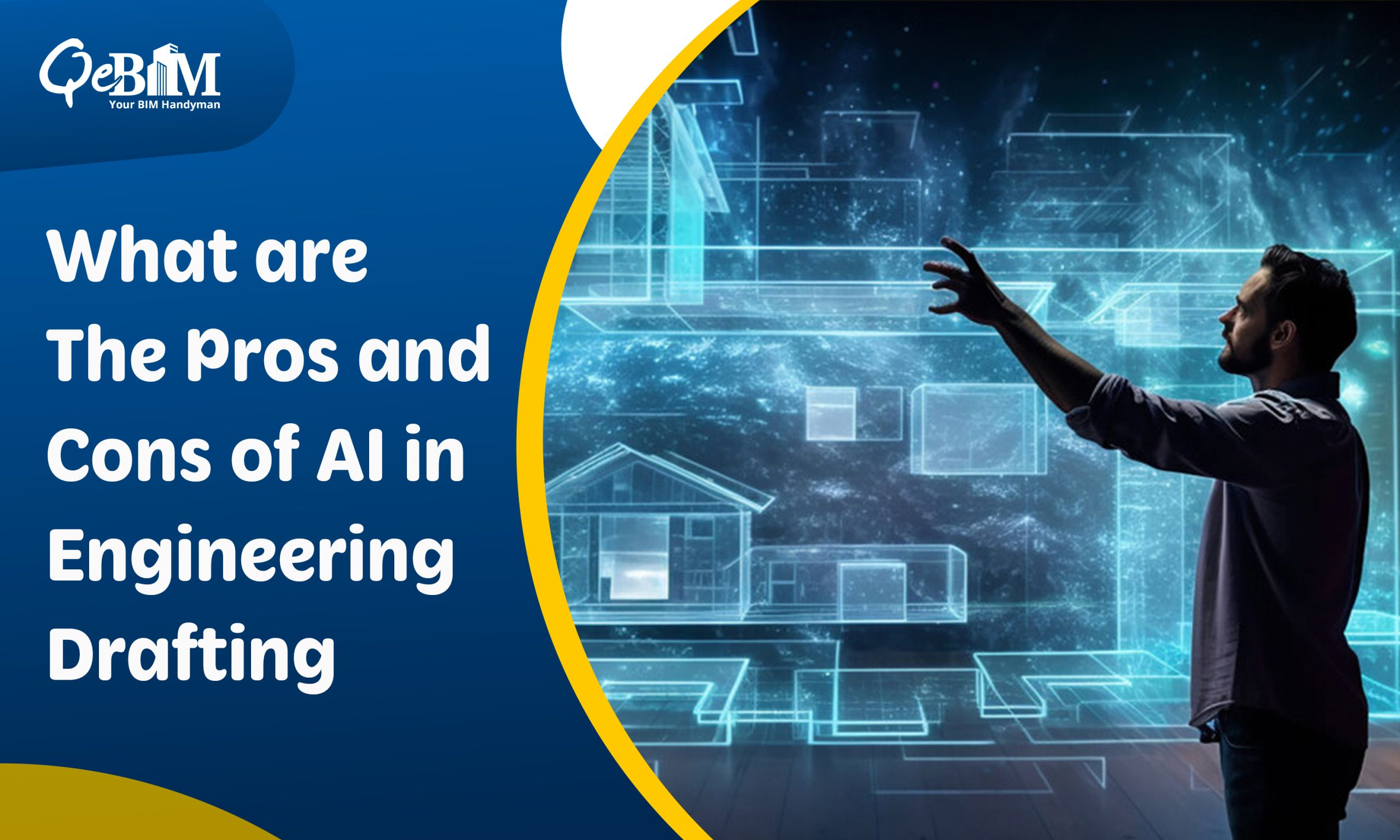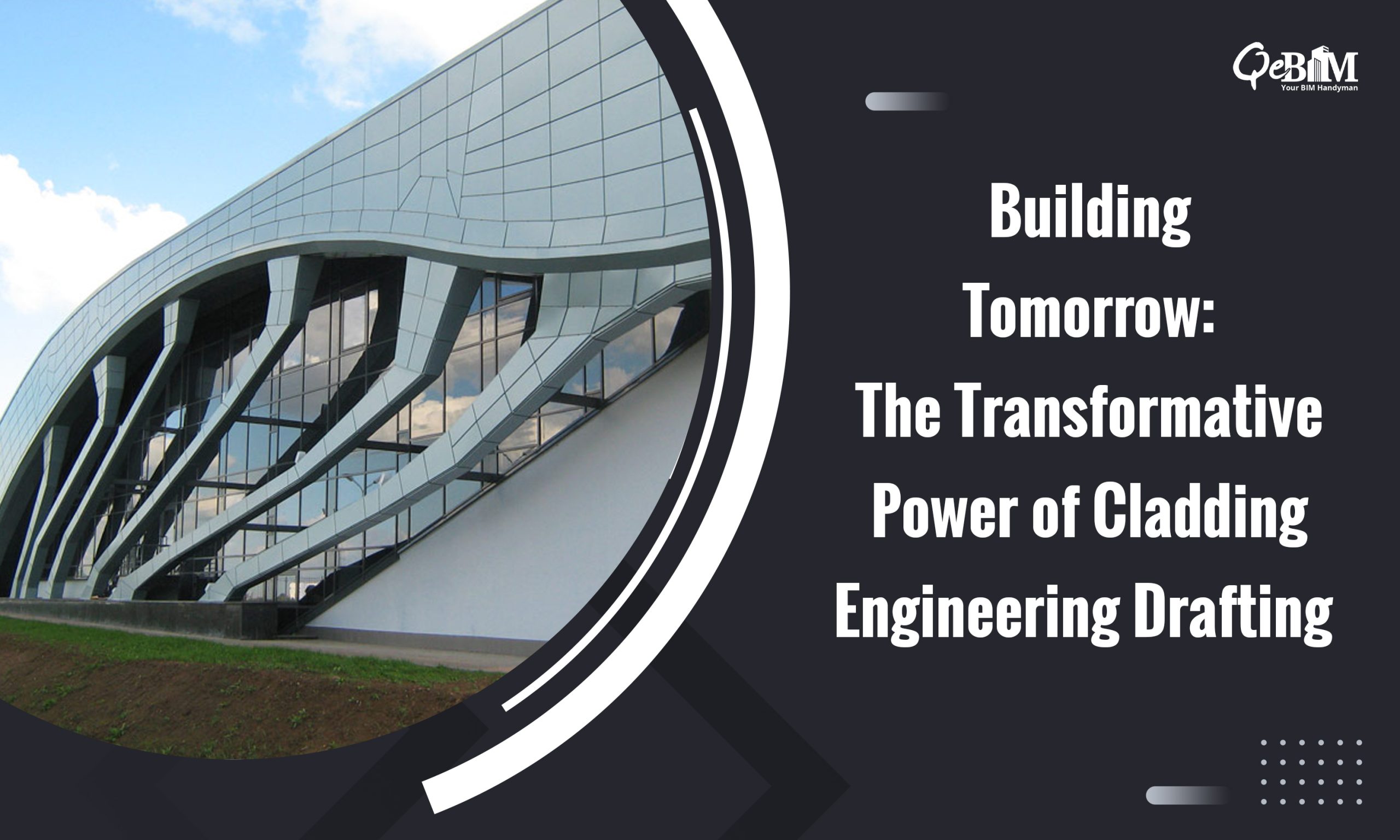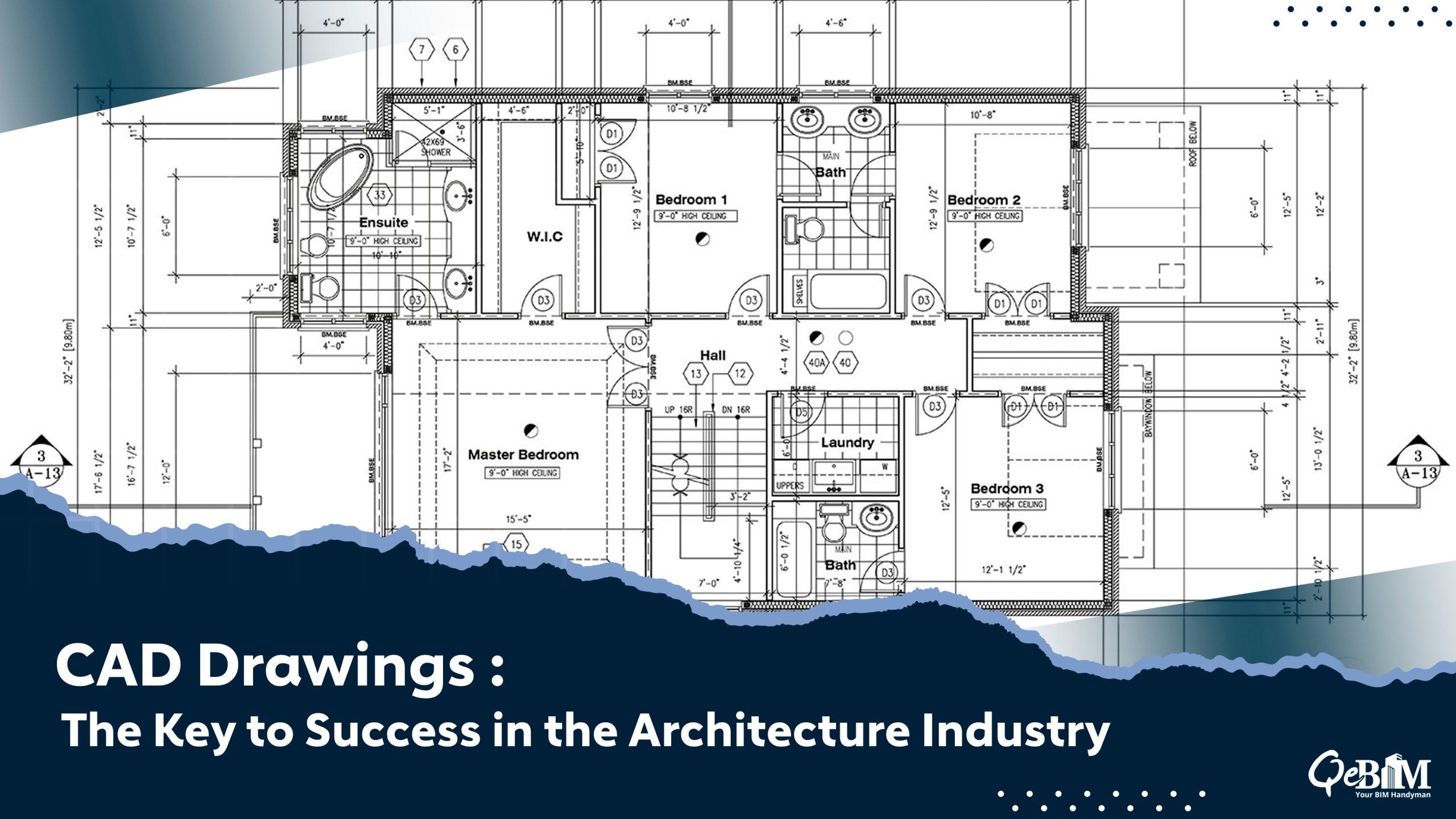Introduction:
Considering the engineering domain, the integration of artificial intelligence (AI) has brought about significant changes, especially in the field of drafting and design. The traditional drafting methods are moreover being complemented, and in some cases, substituted by AI-driven tools and software. As the engineering community continues to embrace these technological advancements, it is crucial to examine the pros and cons of AI in engineering drafting and design.
Advantages of AI in Engineering Drafting:
1) Efficiency and Speed: One of the most prominent advantages of incorporating AI into Drafting Services is the remarkable increase in the efficiency and speed. AI algorithms are known to process large sets of data, identify identical patterns, and generate precise drafts in a just fraction of the time as compared to a human. This acceleration allows engineers to focus more on the creative aspect of the design and problem-solving strategies.
2) Precision and Accuracy: AI-driven drafting tools are designed to minimize errors thereby enhance accuracy. The cautious and meticulous nature of AI algorithms ensures that all the measurements, angles, and dimensions are consistently precise, reducing the likelihood of errors that can have significant consequences in the engineering projects.
3) Automated Repetitive Tasks: AI algorithms excel in automating repetitive and mundane tasks, allowing engineers to dedicate their valuable time to addressing complex design challenges. The Drafting procedures involves numerous repetitive elements, such as standard symbols and annotations, which AI can handle effortlessly, enabling engineers to concentrate more on intellectual work.
4) Enhanced Collaboration: AI facilitates better and fluent collaboration among the engineering teams. The Cloud-based AI drafting tools enable the real-time collaboration, Enabling several team members to collaborate on the same project concurrently. This promotes seamless communication and reduces the time required to finalize designs, promoting a more collaborative, dynamic and healthy work environment.
5) Design Optimization: AI algorithms are known to analyse vast datasets for identifying optimal design solutions. This capability of AI enables engineers to explore numerous sets of design alternatives quickly, leading to the development of a more efficient and cost-effective solutions. AI-driven optimization considers the factors like material usage, structural integrity, and environmental impact, contributing to a more sustainable and eco-friendly engineering practices.
Disadvantages of AI in Engineering Drafting:
1) Initial Cost and Implementation Challenges: Introducing AI into engineering drafting processes requires a hefty initial investment in terms of both technology and training. Many engineering firms, especially the smaller ones, may find it challenging to allocate the necessary resources for the adoption of AI. Moreover, integrating AI into existing workflows may face resistance and necessitate a cultural shift within the organization.
2) Lack of Creativity and Intuition: As AI excels at handling repetitive tasks and optimizing designs based on data, it often lacks the creativity and intuition touch that human engineers bring to the table. Engineering is not solely about calculations and measurements; it involves innovative problem-solving and creative thinking areas where AI may fall short.
3) Data Security and Privacy Concerns: The reliance on AI in engineering drafting means that the sensitive design data are often stored and processed digitally. This raises the concerns about the data security and privacy. Protecting intellectual property and ensuring that design information remains confidential becomes crucial, requiring robust cybersecurity measures to safeguard against the potential breaches.
4) Overreliance and Loss of Skill Development: As engineers become increasingly dependent on AI for drafting tasks, there’s a risk of overreliance, leading to a decline in the development of traditional drafting skills. When a technical issue or a system failure occurs, engineers may struggle to perform manual drafting tasks, emphasizing the importance of maintaining a balance between AI and traditional skills.
5) Job Displacement Concerns: The automation capabilities of AI raise concerns about job displacement in the engineering field. As AI systems advance, there is a potential change in the demand for specific skill sets. This necessitates a proactive approach from both educational institutions and the industry to ensure that engineers are equipped with the skills needed in the AI-dominated future.
Conclusion:
The integration of AI into engineering drafting processes resonates a shift in the way designs are conceptualized and executed. No doubt, the advantages of increased efficiency, precision, and collaboration are evident, it is still crucial to address the challenges posed by the initial cost, potential job displacement, and the need for a balance between AI and human creativity. The future of CAD Services lies in harnessing the strengths of AI while still preserving the unique skills and ingenuity that human engineers bring to this profession. As the AEC industry continues to advance, finding this equilibrium will be essential for unlocking the full potential of AI in engineering drafting.





